Indoor flower spathiphyllum: how to properly care for it?
Spathiphyllum Is a very beautiful potted plant with large white flowers. With proper care, it blooms twice a year, and pleases its owners with an excellent view of the window. But caring for him requires at least a little knowledge and a lot of love for plants.
Content:
- Features of the structure of an indoor flower
- The choice of capacity and soil
- Watering and feeding spathiphyllum
- Lighting, humidity and temperature
- Transplant terms and rules
- The consequences of improper care
- Disease and pest control
Features of the structure of an indoor flower
Spathiphyllum, in our country better known as female happiness, is a beautiful and graceful flower. It is a herbaceous plant with a very short, almost completely absent stem - it is inseparable from the leaf petiole, which gives the impression that the bunch of leaves grows directly from the ground. The leaves are large, fleshy, deep green in color.
The stem that emerges from the ground during flowering is not a true stem, but an elongated peduncle. At its end, an inflorescence-ear with a white veil is formed. The roots of the plant are large, elongated, weakly branching.
With proper care, the plant blooms all summer.
If you collect fading flowers and inflorescences, then flowering will last longer and become more spectacular. Some species bloom continuously from March to September, while others bloom twice a year, in spring and autumn or summer and winter. The "schedule" that a flower will set itself can change when the living conditions of the plant change.
There is a belief that gave the plant a second name, that the woman who grows it will definitely be happy, and you cannot give the flower away - happiness will go away after him.
The choice of capacity and soil
The pot for spathiphyllum should be quite high, but not wide - its root system develops inward, not in width. The material from which it is made does not matter - the flower grows well in both clay and plastic pots. It should be remembered that the roots of the plant should be slightly constrained (but only slightly) - this stimulates flowering.
How to tell if a pot is the right size? It's very simple - spathiphyllum stops blooming. If the pot is small, this is accompanied by sluggish leaves, yellowing and drying of their tips, the appearance of roots on the surface of the earth. In this case, the plant must be transplanted. If the pot is large, then the leaves will actively grow, but flowering will not come. To stimulate it, you need to compact the soil.
The soil for the plant should be loose, light and nutritious, the pH should be slightly below 7, i.e. slightly acidic reaction.
A universal flower primer is suitable. To allow air to flow to the roots, the soil can be loosened, for example, with an ordinary table fork. You can feed the plant.
Watering and feeding spathiphyllum
Water the plant as the soil dries up. In this regard, the state of the top layer of the earth in the pot is the best indicator. Once the ground is dry, it's time to water the plant.Another indicator is the slightly drooping leaves of the flower, but this suggests that the spathiphyllum has not been watered for a very long time. If the ground is wet, and the leaves are still drooping, it means that there was not enough water, it moistened the top layer of the soil, but did not reach the roots. In this case, you need to pour water into the pan of the pot.
Watering time is early morning or late evening, when the pot is not exposed to direct sunlight.
You need to spray the leaves in the evenings, after sunset - if you do this in direct sunlight, there is a risk of burns on the leaves. The frequency of spraying depends on the weather - in hot weather it should be done more often, in wet and cool weather - less often, in winter you can do without spraying.
For feeding, it is better to purchase special fertilizers for aroids in liquid form. They are applied to the soil every two weeks. It is advisable to diversify the diet of the plant, and alternate nitrogen fertilizers with other types of feeding.
Lighting, humidity and temperature
What conditions does a flower need:
- The flower loves moderate light, does not tolerate prolonged exposure to direct sunlight. Ideal conditions are an east or west window protected from direct sunlight. On the south window, the spathiphyllum will overheat, on the north - in winter it will suffer from a lack of light. The lack of sun can be compensated for by illumination, and then the spathiphyllum will grow even in the depths of the room. The excess sun is not compensated for - it can only be dealt with by rearranging the flower to a more shaded place.
- The flower needs sufficient moisture - it needs to be sprayed, in very hot and dry weather this is done several times a day, the main thing is that at this moment direct sunlight does not fall on the flower.
- The ideal temperature for spathiphyllum is 18-23 C. In winter, it can tolerate a temperature drop of up to 10 C, but it will not bloom. If the flower is too hot, it needs to be removed from the sun in a cooler place and sprayed more often.
Transplant terms and rules
The transplant depends on the age of the plant. Young spathiphyllum, the root system of which is actively developing, must be replanted once a year. This is best done at the end of winter, when the plant is still dormant, but it needs new sources of nutrients. Flowers over 4 years old are transplanted every 3 years.
How to choose a new pot? It should be 3-4 cm larger in diameter and slightly deeper than the previous one. If you could not find a suitable pot in time, you can take a large one and tamp the earth in it. At the bottom of the pot, be sure to put a drainage layer - pebbles or expanded clay.
Spathiphyllum transplant in stages is as follows:
- Prepare a new pot - wash, put in drainage, lightly sprinkle it with a layer of soil. It is better to have land and water for irrigation immediately at hand so that the transplant is convenient.
- Carefully release the flower from the ground and remove from the pot. The soil must be removed by hand or with a small spatula, at the same time "loosening" the bunch of leaves.
- Shake off the roots of the plant. This should be done with care, but the earthy clod is not as important as in flowers with a shallow root system.
- Put the plant in a new pot, gradually sprinkle with earth. It is not necessary to seal it.
- Water the plant with water - the soil will then be compacted to the desired state under the influence of gravity.
- After the soil dries out (after 2-3 hours) water again.
After that, the plant does not need to be watered, only sprayed until new leaves appear.
The consequences of improper care
The most important thing in caring for spathiphyllum is humidity. From a lack of spraying, the flower withers, stops producing new leaves, does not bloom. The tips of the leaves begin to dry out and turn yellow, look bad and ugly. There is also a lack of watering. To avoid this condition, the plant must be constantly watered, including through the pallet, and sprayed.
Excess moisture leads to waterlogging of the soil in the pot, the appearance of rot.
In this case, adding a little sand to the ground and reducing the frequency of watering will help. At the same time, spraying must be continued. You need to water every 2-3 days and only in the pallet. Decayed leaves must be removed. If this does not help, transplant the plant into a pot with suitable soil and remove the decayed roots.
With a lack of sun, the leaves turn yellow, wither, the flower does not bloom. This is a signal that it needs to be rearranged to a brighter place or to be backlit. In addition, without sufficient sunlight, the risk of waterlogging is higher.
Excess sun leads to plant burns. Such leaves can heal themselves if you move the pot to the shade in time and spray it in sufficient quantities. If the burn was severe, the leaf will dry out and need to be removed.
Disease and pest control
The plant is susceptible to a variety of pests - aphids, mealybug, spider mite and other parasites. Manifestations of pests in plants - the leaves begin to turn yellow and dry out with good care, the plant does not bloom or the flowers turn out to be weak, upon close examination, you can see the parasites themselves. You need to deal with them with special insecticidal preparations.
Plant diseases are very diverse. It is infected by the mosaic virus, gray rot, phytosporosis. At the same time, the formation of leaves and flowers is disrupted, the plant begins to wilt with good care. To prevent contamination of other plants, the new flower is kept in quarantine for 3 weeks.
More information can be found in the video:



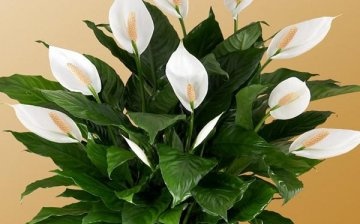

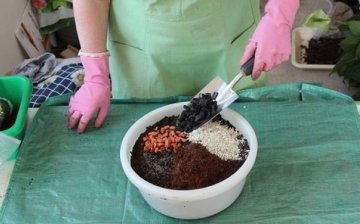
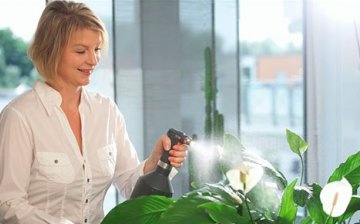
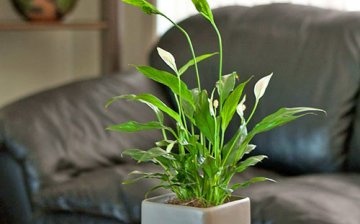
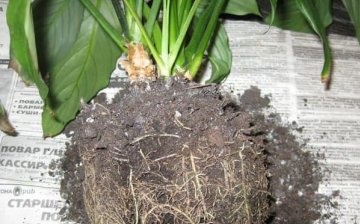

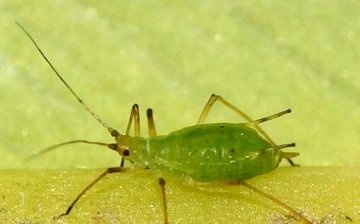








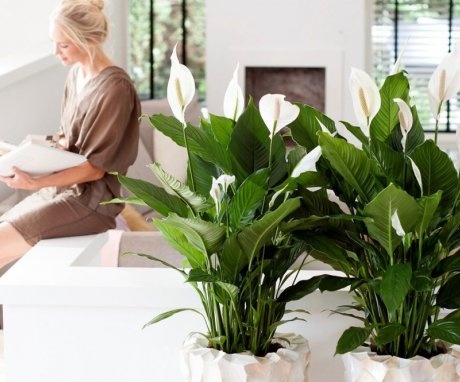
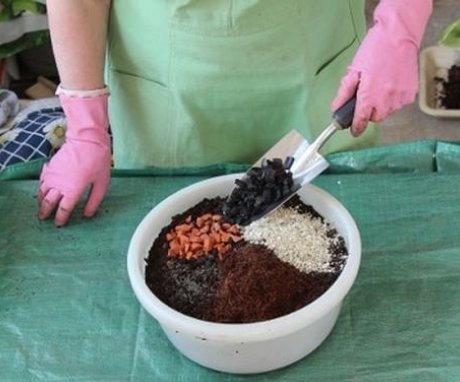
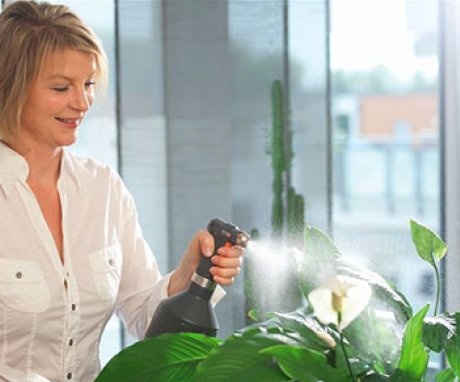
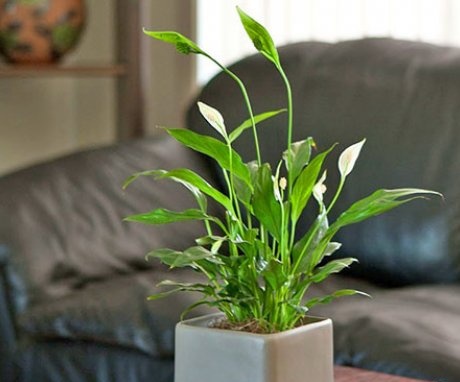
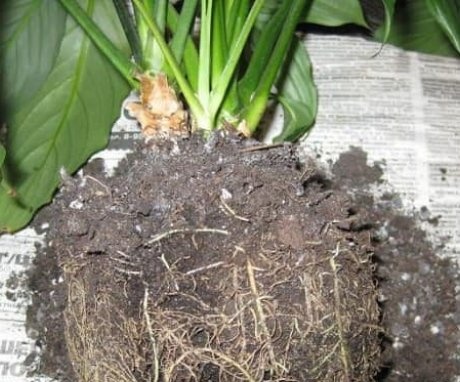
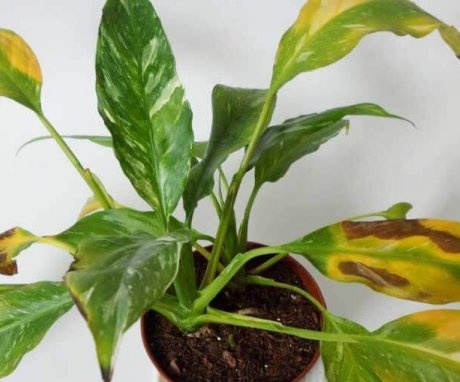
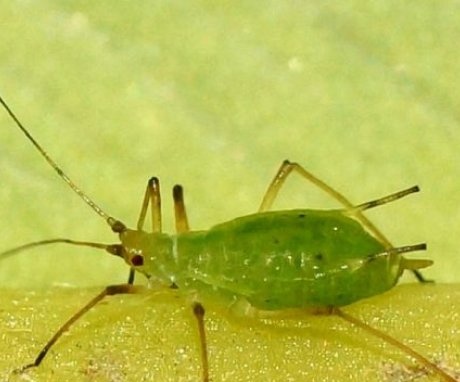
We buy special soil at home for plants and plant all our flowers there, this plant is no exception, but it blooms with us only 2 times a year, you need to try to rearrange it to another place.